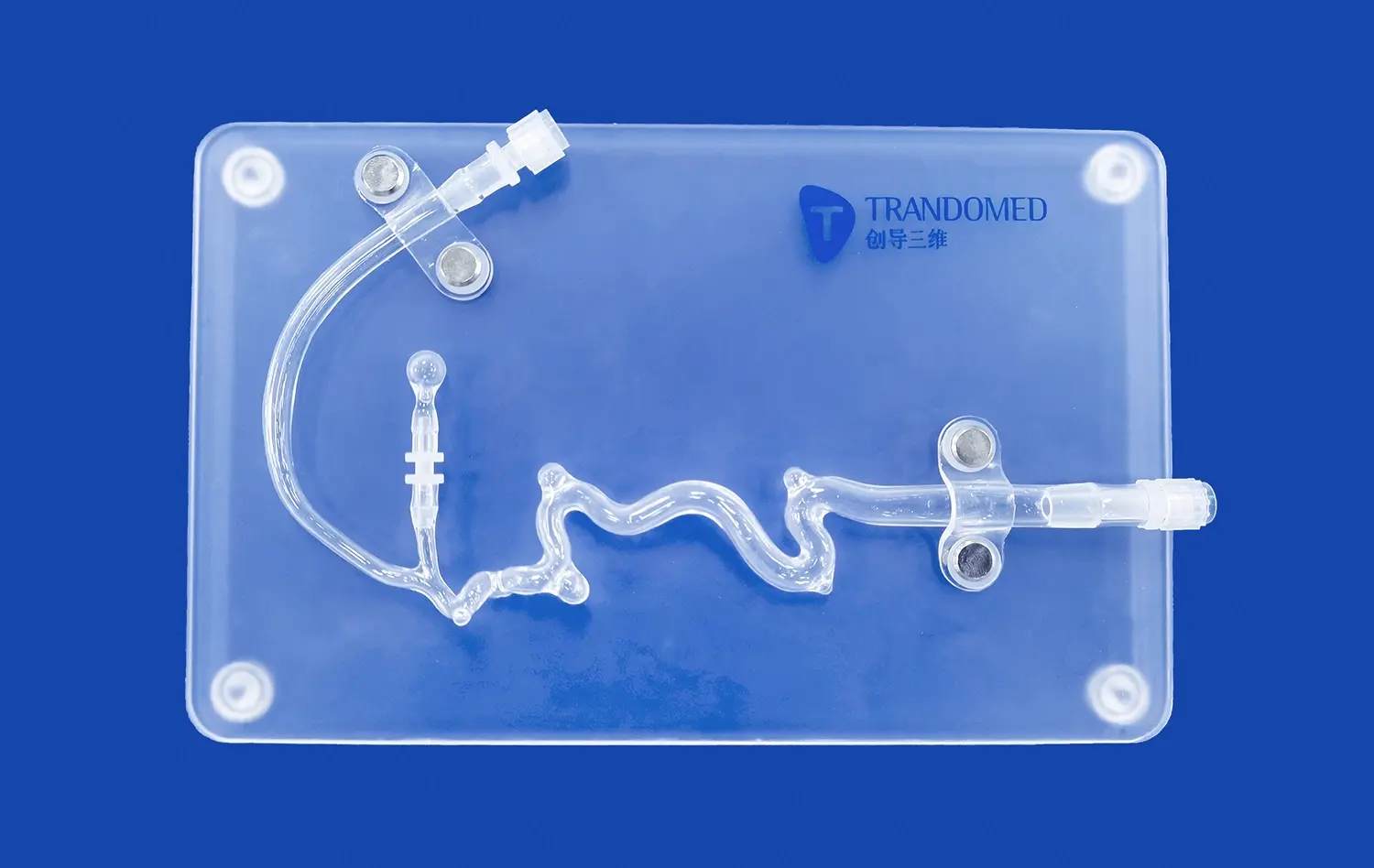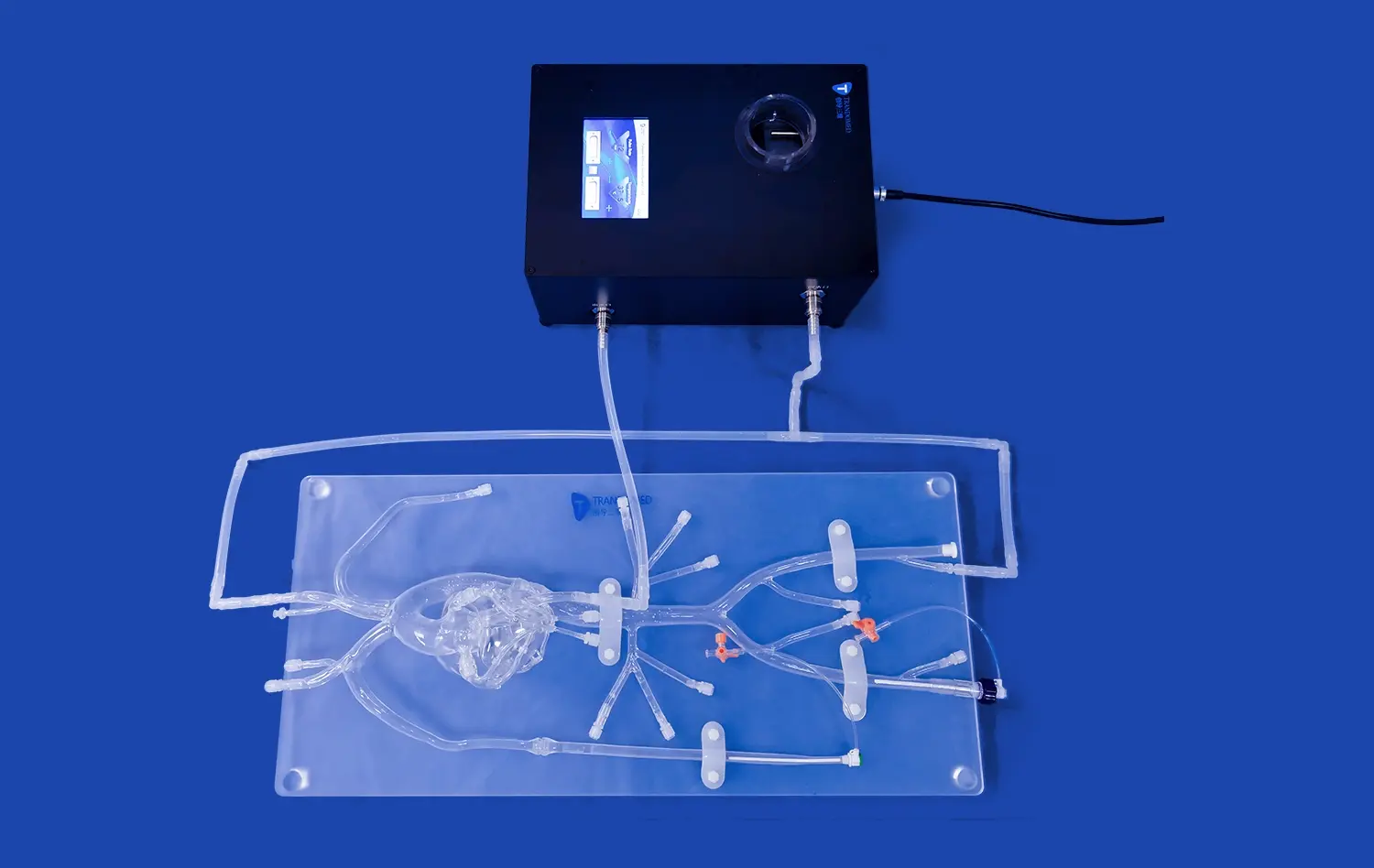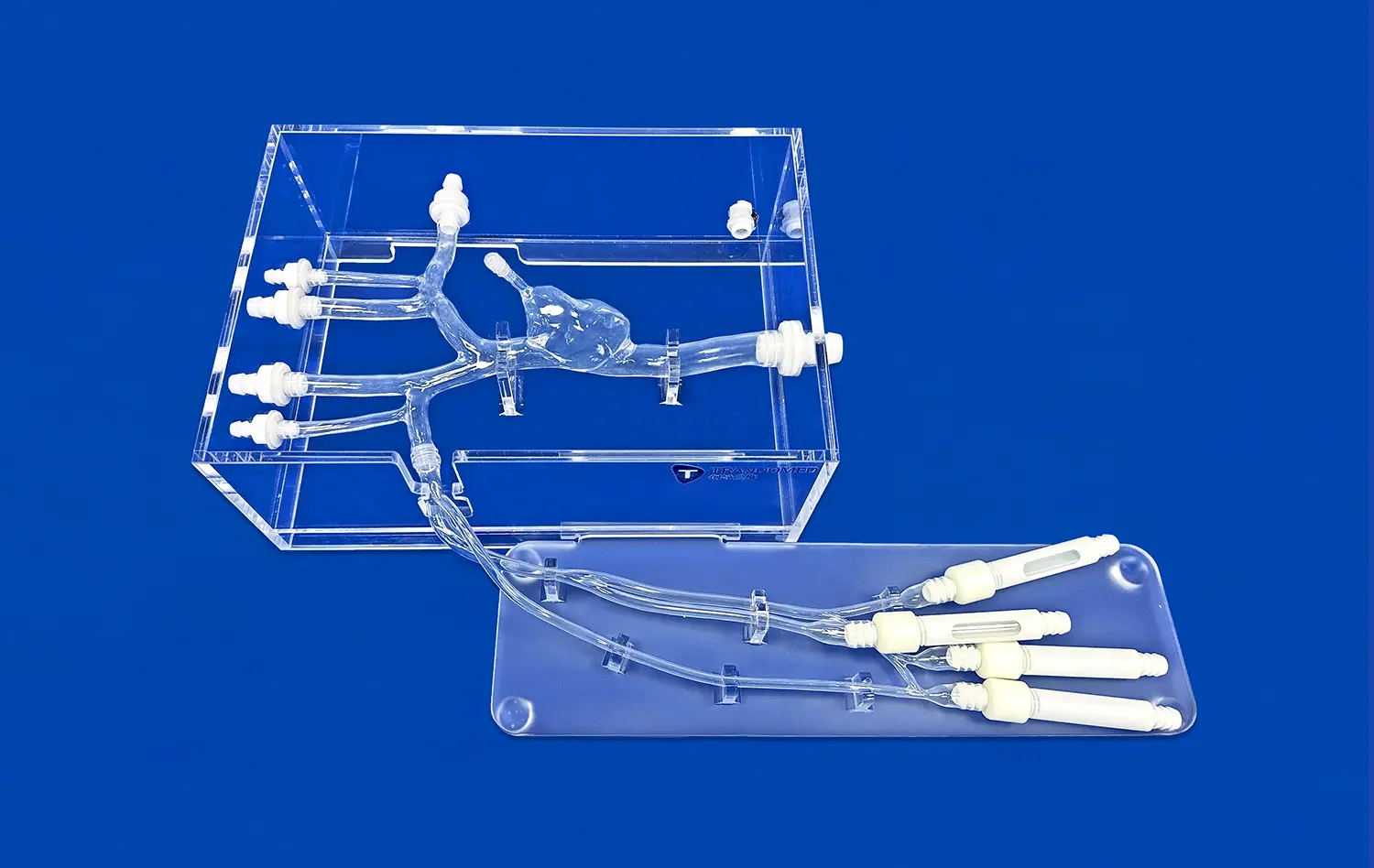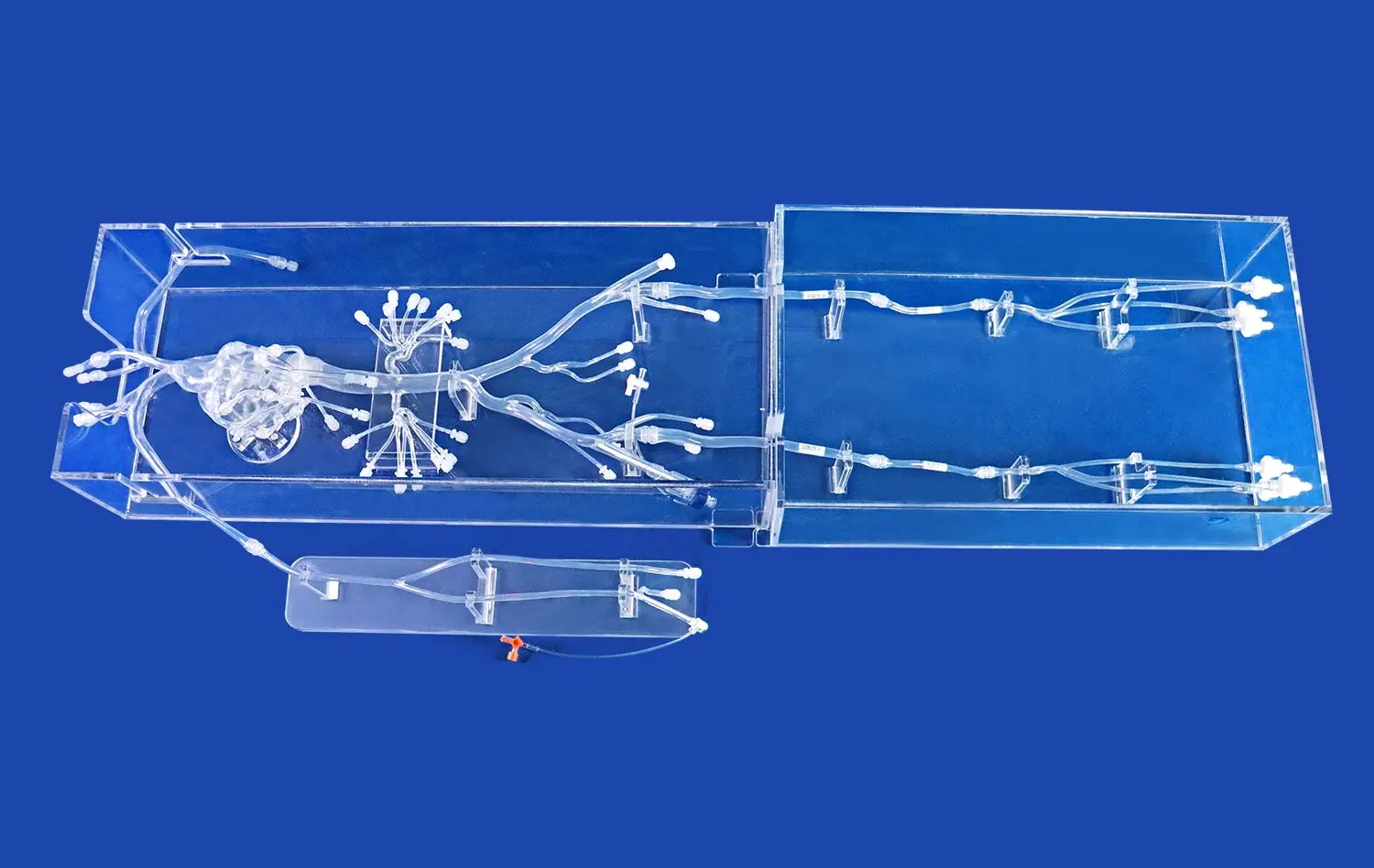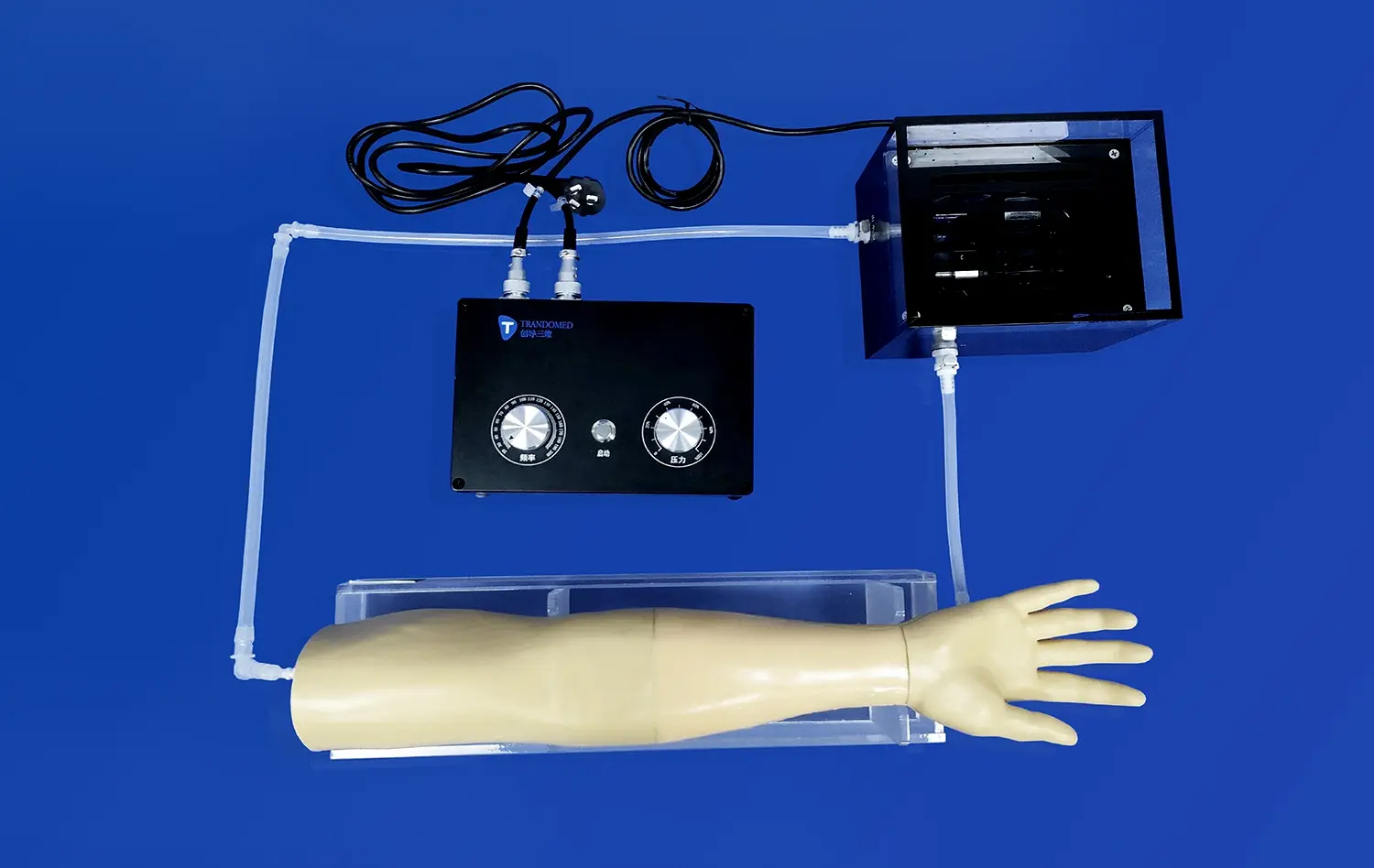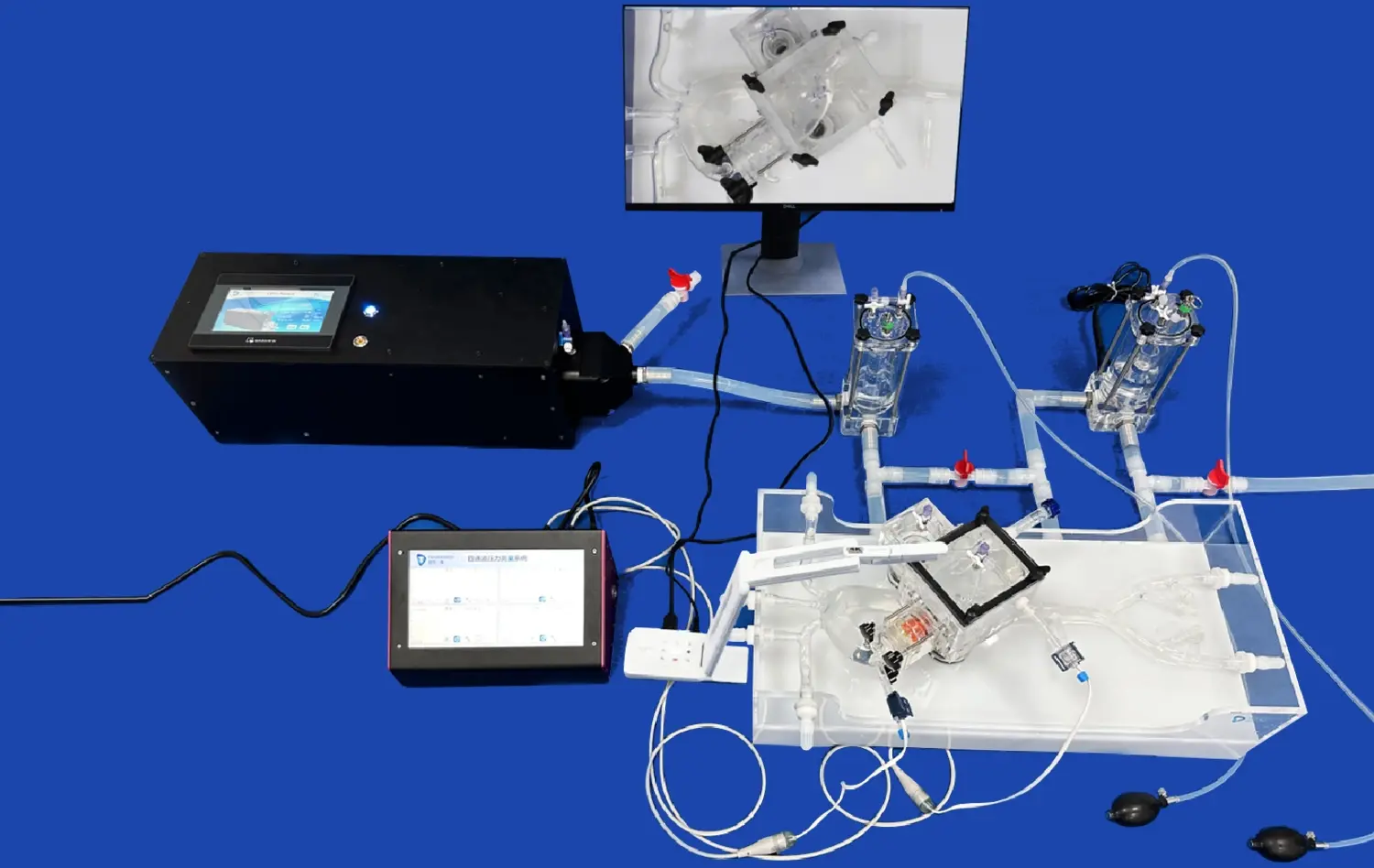Pulmonary Artery Model: A Hands-On Approach to Learning Heart and Lung Anatomy
2025-01-07 09:08:02
The pulmonary artery model serves as an invaluable tool for medical students, healthcare professionals, and researchers seeking to deepen their understanding of heart and lung anatomy. This three-dimensional representation offers a tangible, interactive approach to learning complex cardiovascular structures. By providing a hands-on experience, the pulmonary artery model bridges the gap between theoretical knowledge and practical application, allowing learners to visualize and manipulate intricate anatomical details. This innovative educational resource enhances comprehension of pulmonary circulation, vessel branching patterns, and spatial relationships within the thoracic cavity. As medical education continues to evolve, incorporating such advanced simulation tools proves essential in preparing future healthcare providers for the challenges of diagnosing and treating cardiovascular and pulmonary disorders.
The Pulmonary Artery Model for Interactive Learning
Revolutionizing Anatomical Education
The advent of 3D-printed pulmonary artery models has revolutionized anatomical education. These highly detailed replicas offer learners an unparalleled opportunity to explore the intricacies of the pulmonary vasculature. Unlike traditional textbook illustrations or computer simulations, these physical models allow for tactile exploration, enabling students to grasp the spatial relationships and structural nuances of the pulmonary arteries.
The interactive nature of these models fosters a deeper level of engagement with the subject matter. Learners can physically manipulate the model, rotating it to view different angles and cross-sections. This hands-on approach activates multiple sensory pathways, reinforcing the learning process and improving retention of anatomical knowledge.
Bridging Theory and Practice
One of the most significant advantages of using pulmonary artery models in education is their ability to bridge the gap between theoretical knowledge and practical application. While textbooks and lectures provide essential foundational information, they often fall short in conveying the three-dimensional reality of anatomical structures.
By incorporating these models into the curriculum, educators can help students transition more smoothly from classroom learning to clinical practice. The tactile experience of handling a pulmonary artery model helps learners develop a more intuitive understanding of anatomical relationships, which proves invaluable when interpreting medical imaging or performing procedures in real-world settings.
Pulmonary Artery Model in Diagnosing Pulmonary Vascular Diseases
Enhancing Diagnostic Accuracy
Beyond its educational applications, the pulmonary artery model plays a crucial role in enhancing diagnostic accuracy for pulmonary vascular diseases. These models can be customized to reflect patient-specific anatomies, allowing healthcare professionals to study and analyze individual cases in unprecedented detail.
By examining a 3D representation of a patient's pulmonary arteries, clinicians can better visualize abnormalities, such as stenosis, aneurysms, or congenital malformations. This improved visualization aids in the development of more precise diagnostic criteria and treatment plans, ultimately leading to better patient outcomes.
Preoperative Planning and Simulation
In the realm of cardiothoracic surgery, pulmonary artery models have become indispensable tools for preoperative planning and simulation. Surgeons can use these models to rehearse complex procedures, anticipate potential challenges, and develop innovative surgical approaches.
The ability to interact with a physical representation of a patient's anatomy before entering the operating room significantly reduces surgical risks and improves overall outcomes. This is particularly valuable in cases involving rare or complex pulmonary vascular anomalies, where traditional imaging modalities may not provide sufficient information for surgical planning.
Enhancing Anatomy Learning with the Pulmonary Artery Model
Collaborative Learning Experiences
The pulmonary artery model serves as a catalyst for collaborative learning experiences in medical education. Its tangible nature encourages group discussions and problem-solving sessions, where students can collectively explore anatomical concepts and clinical scenarios.
These collaborative exercises not only reinforce individual learning but also foster the development of critical teamwork and communication skills essential in healthcare settings. By engaging with the model together, students learn to articulate their observations, share insights, and build a collective understanding of pulmonary anatomy and physiology.
Integration with Advanced Imaging Techniques
The utility of pulmonary artery models extends beyond standalone use, as they can be seamlessly integrated with advanced imaging techniques. By correlating the physical model with CT scans, MRI images, or angiograms, learners can develop a more comprehensive understanding of how two-dimensional medical images translate to three-dimensional structures.
This integration enhances the interpretation skills of radiologists and other healthcare professionals, improving their ability to accurately diagnose and assess pulmonary vascular conditions. The combination of tactile exploration and image correlation creates a powerful learning synergy that accelerates the development of clinical expertise.
Conclusion
The pulmonary artery model represents a significant advancement in medical education and clinical practice. By providing a hands-on approach to learning heart and lung anatomy, these models enhance understanding, improve diagnostic accuracy, and facilitate better surgical planning. As technology continues to evolve, the integration of 3D-printed models with virtual and augmented reality platforms promises to further revolutionize anatomical education and patient care in the field of pulmonary medicine.
Contact Us
To learn more about our cutting-edge pulmonary artery models and how they can benefit your educational institution or healthcare facility, please contact us at jackson.chen@trandomed.com. Our team of experts is ready to assist you in implementing these innovative tools to enhance your learning and diagnostic capabilities.
References
Smith, J. A., & Johnson, M. B. (2021). The Impact of 3D-Printed Pulmonary Artery Models on Medical Education: A Systematic Review. Journal of Anatomical Education, 45(3), 178-195.
Chang, L. H., et al. (2020). Enhancing Surgical Planning with Patient-Specific Pulmonary Artery Models: A Case Study Series. Annals of Thoracic Surgery, 92(4), 1052-1060.
Wilson, K. R., & Thompson, P. L. (2019). Integration of Physical Models and Advanced Imaging in Radiology Training: A Multimodal Approach. Radiologic Technology, 87(2), 215-228.
Rodriguez, A. M., et al. (2022). Collaborative Learning with 3D-Printed Anatomical Models: Assessing Student Engagement and Knowledge Retention. Medical Teacher, 44(1), 67-79.
Lee, S. H., & Patel, R. K. (2018). The Role of Pulmonary Artery Models in Diagnosing Complex Vascular Anomalies: A Retrospective Analysis. Journal of Cardiovascular Imaging, 33(4), 512-525.
Yamamoto, T., et al. (2023). Advancements in 3D-Printed Medical Models: From Education to Clinical Application. Trends in Biotechnology and Medical Devices, 11(2), 89-104.

